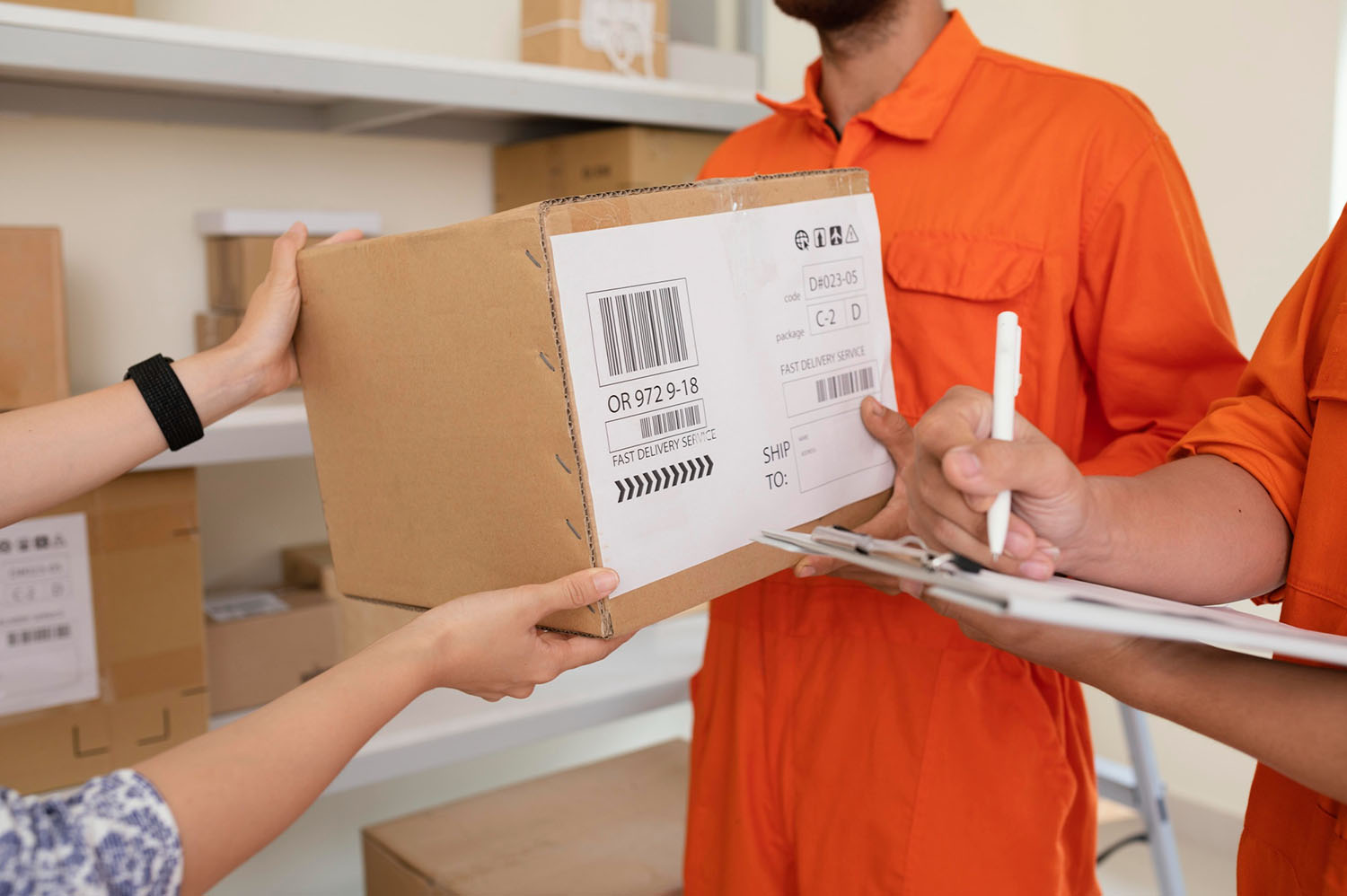Future-Ready Logistics: Trends and Innovations
As the logistics landscape continues to evolve, staying future-ready is imperative for businesses to remain competitive. This blog post explores the latest trends and innovations shaping the future of logistics, providing insights into what it takes to build a resilient and forward-thinking supply chain.
The Rise of Autonomous Technologies
1. Autonomous Vehicles: Embrace the use of autonomous trucks, drones, and delivery robots to enhance efficiency, reduce costs, and navigate complex logistics networks with precision.
2. Robotics in Warehousing: Implement advanced robotics and automation in warehouses for tasks such as picking, packing, and sorting, optimizing operational processes and minimizing errors.
Blockchain for Transparent Supply Chains
3. Blockchain Technology: Explore the use of blockchain for transparent and secure supply chain management, enabling traceability, reducing fraud, and enhancing overall trust among stakeholders.
4. Smart Contracts: Implement smart contracts on blockchain platforms to automate and streamline various logistics processes, reducing paperwork and improving efficiency.
Data-Driven Decision Making
5. Big Data Analytics: Leverage big data analytics to extract actionable insights from vast datasets, enabling informed decision-making for demand forecasting, route optimization, and inventory management.
6. Artificial Intelligence (AI): Integrate AI applications for predictive analytics, anomaly detection, and autonomous decision-making, enhancing overall operational intelligence in logistics.
Enhanced Visibility and Tracking
7. Internet of Things (IoT): Utilize IoT devices for real-time tracking and monitoring of shipments, providing end-to-end visibility and facilitating quick response to potential disruptions.
8. Advanced Telematics: Implement advanced telematics solutions to track the location, condition, and performance of vehicles in real-time, optimizing route planning and maintenance schedules.
Sustainable Logistics Practices
9. Green Transportation: Embrace eco-friendly transportation options, such as electric and hydrogen-powered vehicles, to reduce carbon emissions and align logistics practices with sustainability goals.
10. Circular Supply Chain: Introduce circular supply chain practices, including recycling and reusing materials, to minimize waste and contribute to a more sustainable and environmentally conscious logistics ecosystem.
Adapting to E-Commerce Trends
11. E-Commerce Integration: Strengthen integration with e-commerce platforms, employing agile and flexible logistics solutions to meet the growing demand for online shopping and rapid fulfillment.
12. Customer-Centric Approaches: Prioritize customer satisfaction by offering personalized and flexible delivery options, leveraging technology to enhance the overall e-commerce customer experience.
Conclusion
Building a future-ready logistics strategy involves embracing technological innovations, sustainability practices, and adapting to changing market dynamics. By staying informed about these trends and proactively implementing forward-thinking solutions, businesses can position themselves for success in the dynamic landscape of future-ready logistics. Stay tuned for more insights on the evolving trends shaping the future of logistics.




